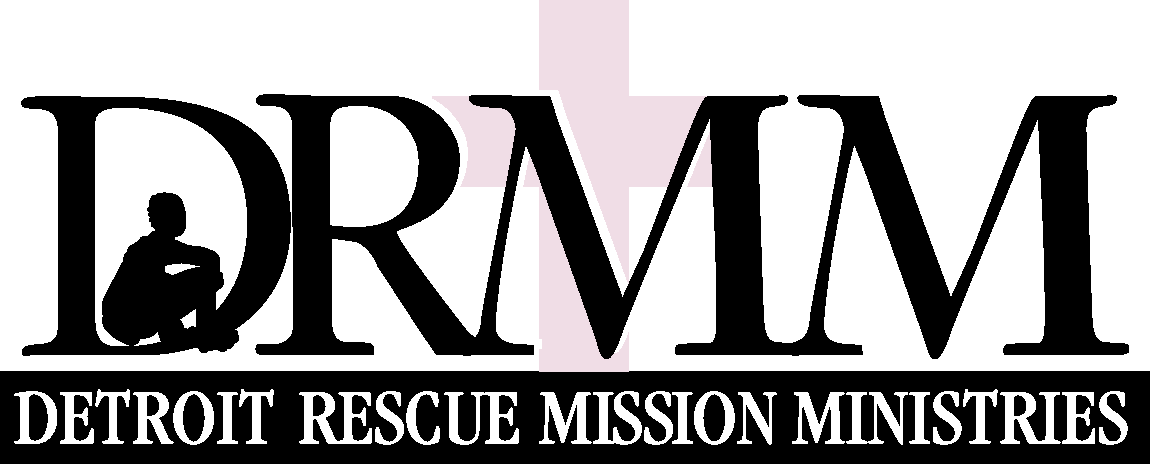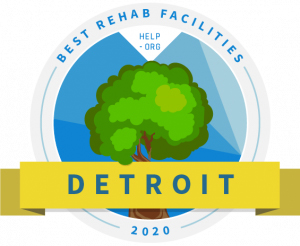Staying put in midtown Detroit
Even the most apolitical and insouciant person in Michigan knows that downtown and midtown Detroit are where the newsmaking action is right now.
It’s so obvious the ear could see it.
The tens of Dan Gilbert-owned high rise buildings. The novel and lovely QLine. The ultra-modern Tigers stadium by the Illitchs. The ubiquitous car parks. The almost-ready refreshment center by DTE Energy. The many bars and restaurants that draw lots of people from the suburbs. The list goes on.
It’s a new Detroit and – you guessed right – savvy investors want a piece of the pie.
But some of them think the most efficient and empathetic way to get theirs is to make nonprofits (that are probably grappling with traditional donor fatigue) offers too difficult to resist.
So, for many direct service nonprofits situated in prime locations in downtown and midtown Detroit, chances are that real estate investors have made them offers to relocate to the suburbs.
The offers are often too juicy to turn down. Imagine getting a new, bigger and better furnished building in Southfield, Westland or perhaps (what may be rightly or wrongly termed) a sub-prime location in a Detroit neighborhood. Then imagine getting additional handsome cash to support your people-focused operations.
Who says NO to that kind of captivating offer?
Me (as president and CEO of Detroit Rescue Mission).
And you ask why.
As the cliché goes, all that glitters is not gold. An offer may seem really helpful today but shortsighted and injurious tomorrow.
On the spur of the (revitalization) moment, one may, like Esau, under-sell one’s organization’s property or unwittingly undermine its core operations and future by packing up and relocating.
That’s why I say NO to the many offers I get. Our midtown locations – all close to the nascent Tigers stadium – have a lot of emotive history behind them. Besides, our buildings have structural integrity, and have been well maintained.
What would happen to the hundreds of homeless, hungry and hurting persons in this area if we were to pack up and leave – just because we saw a big dollar sign? These women, children, youth and men are already used to us. They know we have been easily accessible and ever ready to serve them in midtown. They know we have given them needed all-year help and hope.
They – as I readily tell my audiences – are the reason Detroit Rescue Mission came into existence 108 years ago, and has operated successfully since then. And we can’t afford to abandon them now, even though we are happy with the revitalization that is going on in midtown and downtown.
Ok. I know some would argue that the said revitalization will eventually displace and force that vulnerable population to leave, thus making it necessary for us to leave as well.
But will they leave? Anybody who’s widely traveled knows that most cities – including the most modern ones – have their own underclass and underserved.
Poverty is a beast of no immovable boundaries. Substance abuse knows no geographic delineation, race barrier or social stratification. Both rich and poor fall prey to drug abuse. We see that in our highly-rated detox and treatment programs.
And as the Great Recession of 2007 to 2009 taught us, many business and nonprofit executives we admire and respect today are only three to four paychecks away from homelessness and despair. On the flipside, we have seen some poor and hopeless persons become difference-making superstars with the help of charitable organizations like us.
Thank God the United States is still a country where the most unimaginable personal transformation is possible. Determined and hardworking laborers become leaders in our midst. The hitherto jobless become job creators in this beautiful country we call ours. So, the neglected midtown Detroit teen mom of today could be the Mother Theresa of tomorrow.
That’s why we don’t give up on them.
That’s why we are situated very close to them.
The popular biblical figure, John the Baptist, comes to mind here. We are told that “John also was baptizing at Aenon near Salim, because there was plenty of water, and people were coming and being baptized.”
Like John, we won’t be far from the people who need our patient care and painstaking support.







